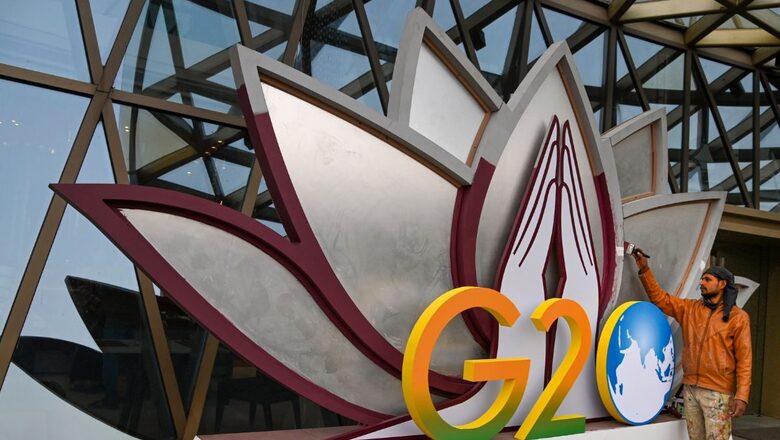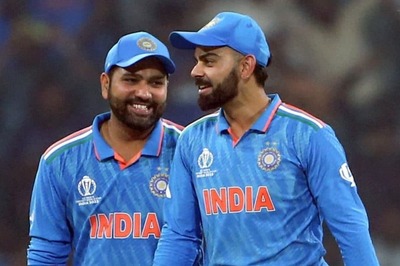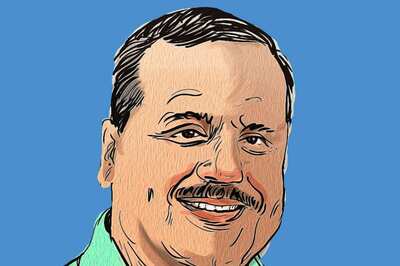
views
World leaders, including Joe Biden, Rishi Sunak and Emmanuel Macron, have gathered in New Delhi for the G20 Summit, which starts from today (Saturday). Over 40 world leaders will take part in the summit scheduled at Bharat Mandapam in Pragati Maidan in the national capital this weekend.
The G20 summit is the culmination of all the G20 processes and meetings held throughout the year among ministers, senior officials and civil society groups.
How G20 Works?
The Group of Twenty, an informal gathering of the world’s largest economies, is the premier global forum for discussing economic issues. The group was formed in 1999 and met regularly to coordinate global policy on trade, health, climate, and other issues.
The grouping comprises Argentina, Australia, Brazil, Canada, China, France, Germany, India, Indonesia, Italy, Japan, the Republic of Korea, Mexico, Russia, Saudi Arabia, South Africa, Turkey, the UK, the US and the European Union (EU).
The G20 works in three major tracks: Finance Track, Sherpa Track and Engagement Groups. While the first two are official, the engagement group is unofficial.
Finance Track
The Finance Track will be led by Finance Ministers and Central Bank Governors of the G20 countries, who meet four times a year. The group mainly focuses on financial and economic issues like the global economy, infrastructure, financial regulation, financial inclusion, international financial architecture, and international taxation.
The Finance Track is further divided into eight working group like Framework Working Group, International Financial Architecture and Infrastructure Working Group.
The Finance Track work together closely with the Sherpa Track and the results from the work areas are summarised in the leaders’ communique.
Sherpa Track
The Sherpa Track is headed by the representative, who are the personal emissaries of the heads of states of the G20 countries. India’s G20 Sherpa is former NITI Aayog CEO Amitabh Kant.
The group was established after the forum became a leaders’ summit in 2008. The representatives focus on socio-economic issues like agriculture, anti-corruption, climate, digital economy, education, employment, energy, environment, health, tourism, trade, and investment.
The term ‘sherpa’ comes from the Nepalese Sherpa, who serve as guides for mountaineers and carries all heavy loads on their shoulders.
Engagement Groups
The unofficial track comprises civil groups and non-government participants from each G20 member, provide recommendations to the G20 Leaders and contribute towards the policy-making process, the G20 website stated.
The engagement groups are further divided as Business20, Civil20, Labour20, Parliament20, Science20, SAI20, Startup20, Think20, Urban20, Women20, and Youth20.
What is G20 agenda?
At the end of such summits, there is a declaration or joint communique agreed by all of the participating nations which outlines common positions on global matters like conflicts, climate change or areas of future cooperation.
Under India’s presidency, the bloc has centred discussions around more loans to developing nations from multilateral institutions, reforming international debt architecture, regulations on cryptocurrency and the impact of geopolitical uncertainties on food and energy security.



















Comments
0 comment